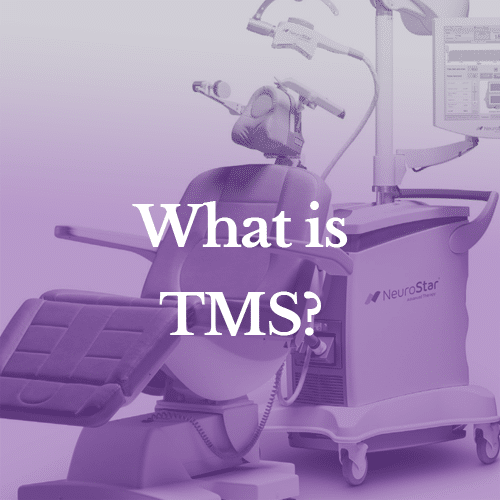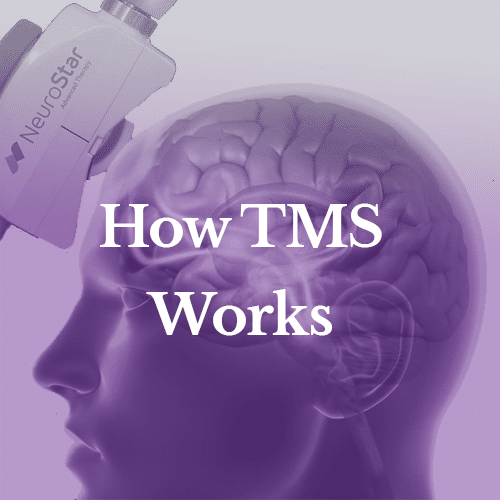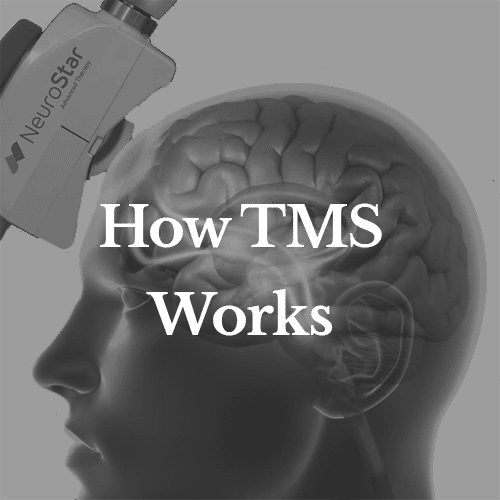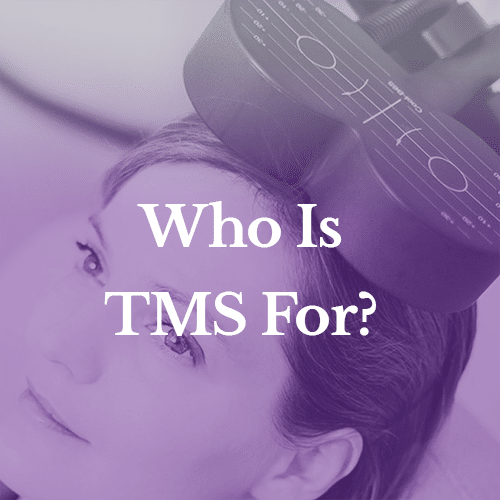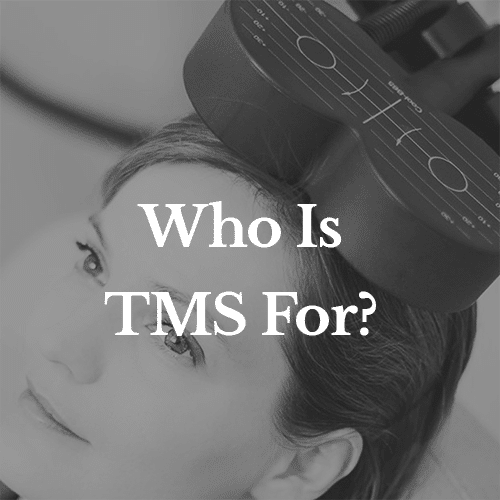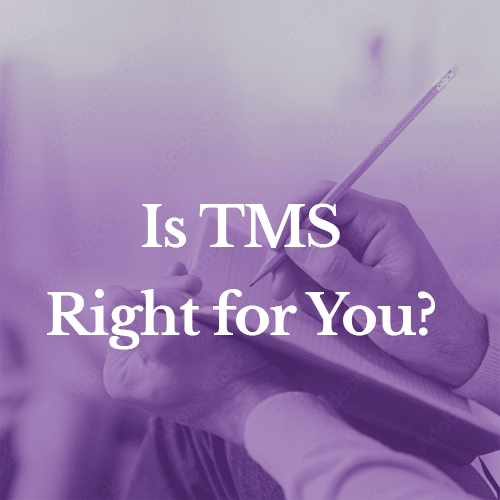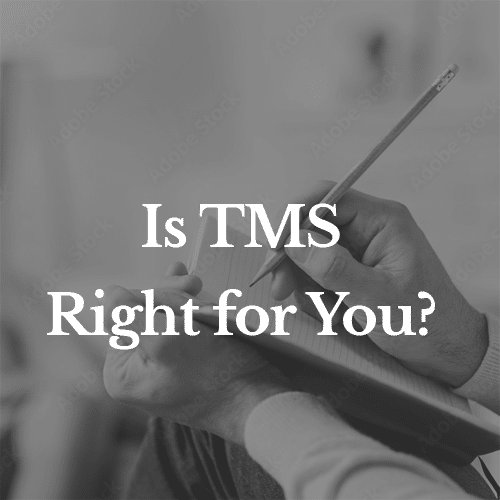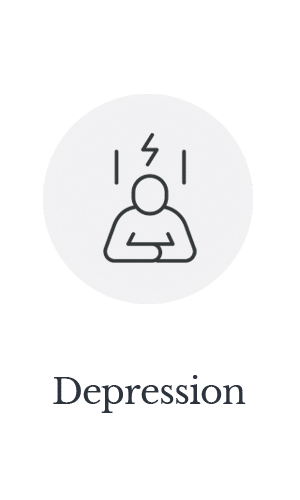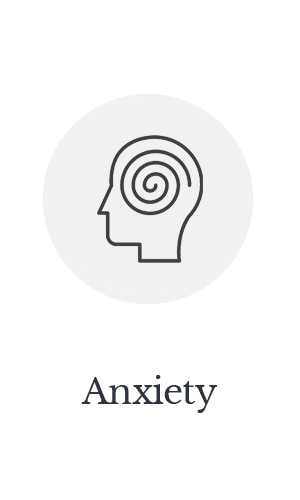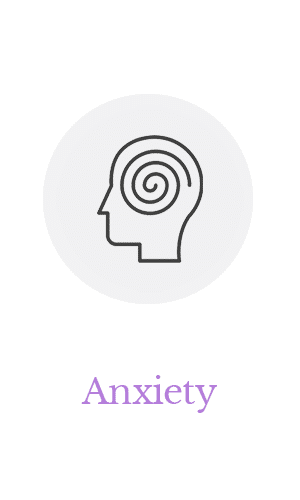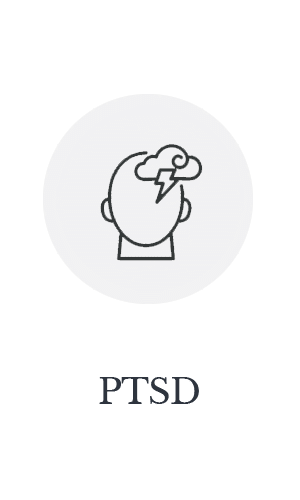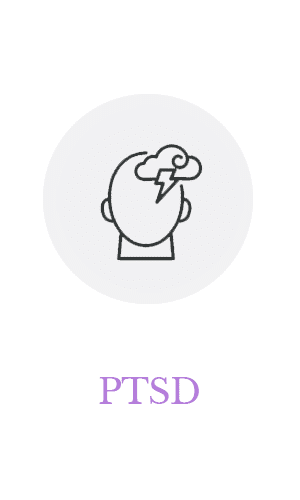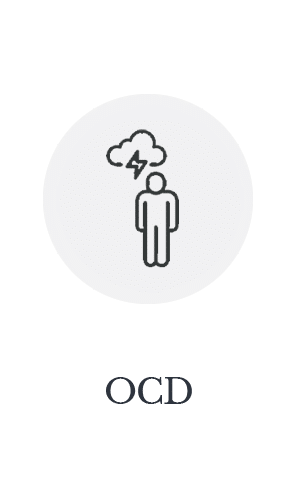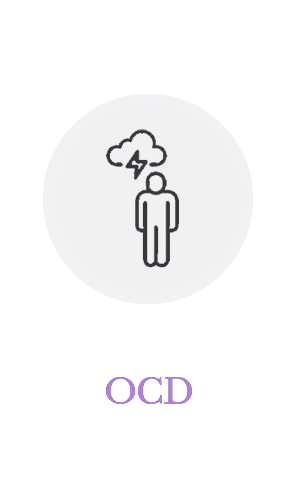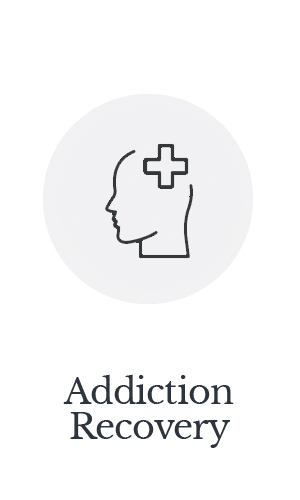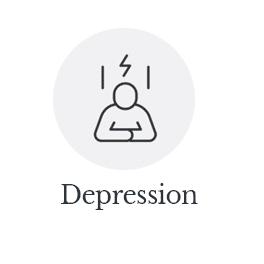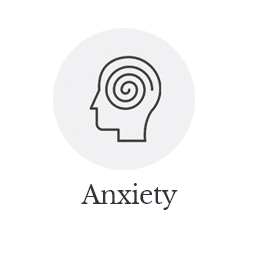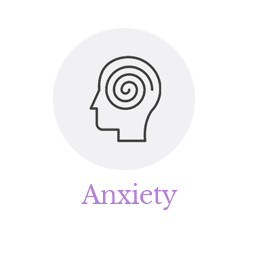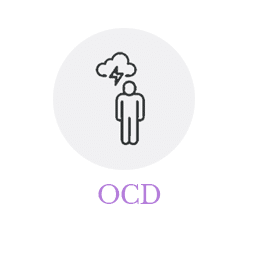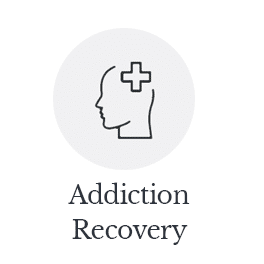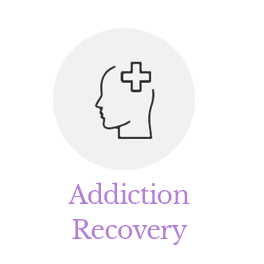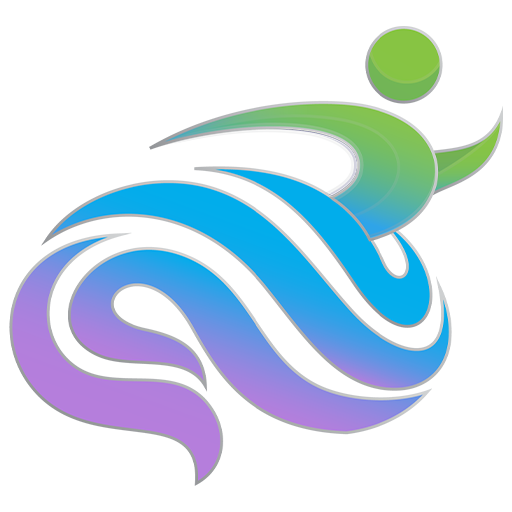
Depression is a rare disorder, and sometimes treatments fail. Several people who struggle with depression can not find relief through traditional therapies. If a depression treatment is ineffective, it’s wise to consider other treatment options, such as Transcranial Magnetic Stimulation (TMS). This is a non-invasive use of electromagnetism to improve treatment-resistant depression

What is Transcranial Magnetic Stimulation Therapy?
Transcranial Magnetic Stimulation (TMS) is a non-invasive treatment that stimulates brain nerve cells. Cells are stimulated using magnetic fields to ease the symptoms of depression. It’s typically recommended when other depression treatments fail.
Who is Eligible for Transcranial Magnetic Stimulation?
Here are groups of people who can try out TMS:
- The treatment is appropriate for people with major depressive disorder who've not significantly improved after taking antidepressants.
- It's also for people who struggle with the negative effects of antidepressant medication.
- Although TMS therapy is non-invasive and safe, teenagers under 18 are not eligible for the treatment.
- People who experience moderate to severe depressive symptoms are eligible for TMS.

How Transcranial Magnetic Stimulation therapy works
To get started, one must visit a TMS technician or TMS physician who administers the treatment. It’s an outpatient procedure, and one doesn’t need to spend the night after a treatment session. They must take off jewelry or other objects that are magnetically sensitive before the process.
Here are a few things patients can expect during the TMS procedure:
- The physician will inform the patient to wear earplugs to minimize the clicking sound of magnetic pulses. They'll sit comfortably with no general anesthesia while conscious during the procedure.
- A technician will examine them to see if it's their first session. This helps them select where to position the magnetic coil. The physician will then customize the machine settings based on the patient's characteristics.
- A technician will commence treatment by positioning the coil above the front of a patient's brain.
- During treatment, one can hear the release of magnetic pulses as a clicking sound. A tapping or knocking sound will also be audible beneath the magnetic coil. Patients may feel a tapping sensation during the treatment.
- The treatment will last between 30 minutes to one hour. One can drive home after the procedure and resume normal activities.
The Benefits of Transcranial Magnetic Stimulation
Here are the key benefits of TMS:
1. TMS is Non-Invasive
TMS is non-invasive and, thus, operates outside the body. Both surgery and the installation of electrodes are unnecessary. The TMS machine stimulates the targeted parts of the brain during therapy by sending mild electromagnetic pulses through the skull into the brain. This stimulates the cells responsible for mood regulation and releases neurotransmitters like serotonin and dopamine.
The waves utilized are safe and painless. However, the TMS technician may ask a patient to take any jewelry or other items off. Certain items can affect the magnetic waves before the session. Since the therapy machine’s loud clicking sounds can be upsetting, earplugs are frequently provided to ease the pain.
The precise placement of a small electromagnetic coil against the scalp depends on a few factors. These factors include the size of the target brain regions, the equipment being utilized, and the patient’s head size. The machine generates small magnetic waves that trigger the nerve cells through this coil.
2. Minimal Side Effects with TMS
There are no severe or long-lasting side effects with TMS. This is in contrast to conventional medication therapies for depression and anxiety disorders. Side effects of antidepressants include nausea, weight gain, fatigue, sleepiness, sleeplessness, sexual dysfunction, memory loss, and apathy.
Another tried-and-true way of treating depression is electroconvulsive therapy (ECT). However, the advantages are only temporary, and either repeated sessions are necessary, or medicine is used besides ECT. Headaches, trouble remembering details, long-term memory loss, confusion, and muscle aches are among the side effects of ECT.
TMS also has a few side effects. The modest side effects that some people experience during the stimulation procedure are moderate headache, dizziness, and slight scalp discomfort. However, the primary advantage of TMS is that the discomfort disappears within minutes after ending the session.
3. TMS Does Not Require Sedation or Anesthesia
TMS therapy can be carried out as an outpatient procedure in a hospital or rehab facility. Patients don’t need to be accompanied after their visit as they will be able to drive on their own. There are no after-effects associated with TMS that would impair a person’s ability to function.
4. TMS is Non-Addictive
With some pharmaceutically based treatments for depression and emotional disorders, addiction is a possibility. However, TMS is the most preferred therapy to assist addicts and alcoholics because of its non-addictive advantages. In addition, TMS is useful in treating co-occurring illnesses like PTSD and bipolar.
5. TMS is Effective and Has Long-Term Results
TMS produces a positive response in 50% to 60% of depressed patients who have tried and failed to benefit from medication. About one-third of those taking up TMS experience full recovery. It is crucial to recognize that these hopeful outcomes are not long-lasting. There is a significant recurrence rate, just like most other mental disorders therapies.
The typical length of response to TMS is a little over a year. However, most patients continue to feel better for many months after treatment ends. Some patients choose to return for additional therapy sessions. When a person does not respond to TMS, ECT may still be helpful and is frequently considered.
6. TMS Treats Various Disorders
TMS is not restricted to treating depression only, but it’s also effective in treating various medical conditions. These include Alzheimer’s, stroke, obsessive-compulsive disorder, post-traumatic stress disorder, Parkinson’s disease, and migraines. TMS may even assist smokers in quitting. TMS has only been FDA-indicated as a treatment for treatment-resistant depression and OCD, but work on other uses is ongoing.
Treatment Resistant Depression Help in Southern California
Treatment-resistant depression can be helped with transcranial magnetic stimulation (TMS). TMS is a non-invasive method of treatment that can be utilized to help reduce depression symptoms. TMS does not require sedation or anesthesia and comes with minimal side effects.
Inland Empire TMS in Riverside County, CA, provides transcranial magnetic stimulation for treatment-resistant depression. If you or a loved one are struggling with depression, reach out to Inland Empire TMS today. Our team can answer any questions you may have or give you a better understanding of our program.

